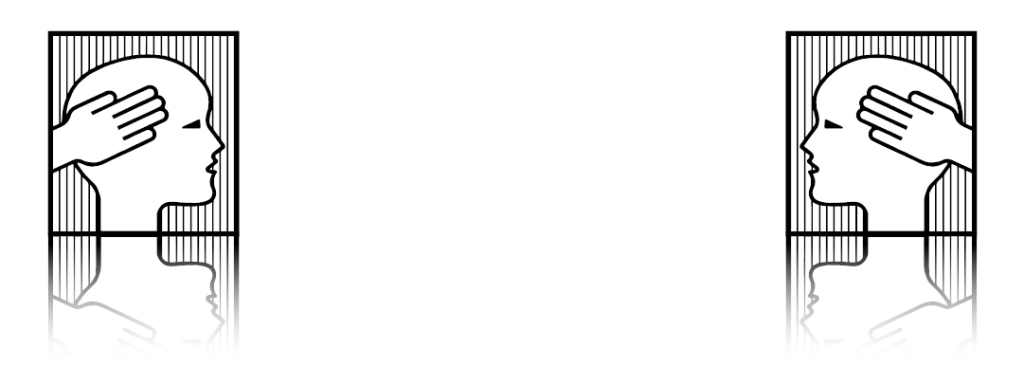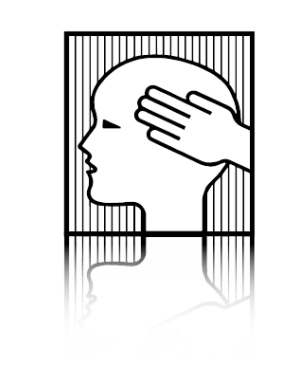Function and Structure

The body is a functional unit.
Change in one system
can create change to other systems.
Fascia connects all bones, organs, tendons, ligaments, lymphatics, venous, arterial and central nervous system.
A fascial strain affects the totality.
The body, as an integrated and interconnected system,
should be addressed as a functioning whole,
The pictures represent the fascial continuity
of a whole system of motion and function.

The Cranial Connection
within the Fascial Tissue Network

Image from @drstevenlin
TONGUE TO TOE
From the the tongue and muscles of the jaw,
through the middle of the body,
to the arch of the foot…
the tongue is the doorway to the
fascial tissue network.
Tongue to Toe!
Point to Ponder
The fascia connects the parts
and creates a functioning whole.
Specialization
Our medical system today has medical specialists for one part,
as is evidenced by the number of doctors for one patient.
How many doctors does it take to treat one patient?
Are there so many trees,
that no one can see the forest?
Form Follows Function
The flow of a riverbed (function)
creates the shape of the riverbed (structure).
The shape is an expression
of the dynamics of the flow.
Flow and Shape
Function and Structure
An interdependent
and interconnected whole.

The Inherent Healing Potential of the Body
“How Can I Help?”
“The best doctor is the one who can help
Nature cure itself.”
(Truhlar quoting Still, 1950, p. 37)
This form of osteopathic care facilitates the healing process
by palpating strain patterns in the tissue/soma
to encourage a release/unwinding/opening experience.
The treatment restores inherent motion,
providing the opportunity for a new ‘flow’ to emerge.
The Rule of the Artery
Restoring function optimizes flow.
The flow of arterial and venous blood, lymphatics and cerebrospinal fluid gains momentum.
This increase in flow provides more life-giving fluids for all tissues
and, like the riverbed, influences the structure.


